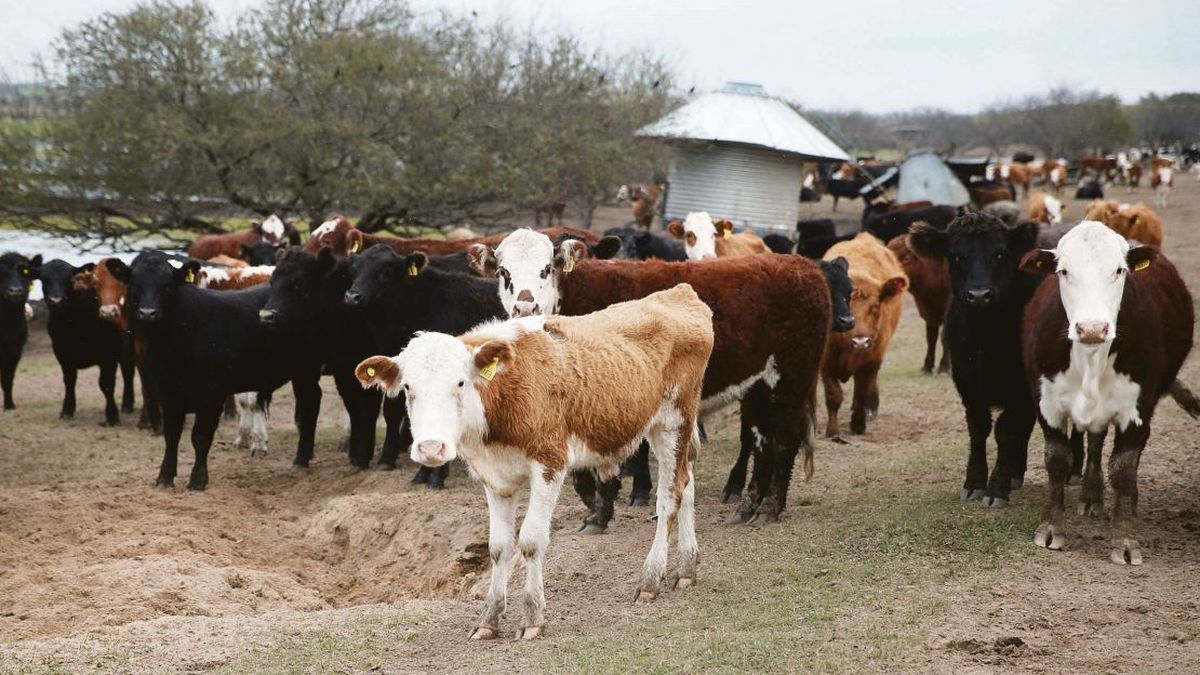The goal for 2030 is to bring the calf/cow ratio from the current 62% to 67%, while in terms of weight average slaughter, the projection is that it will go from 229 to 250 kilos per animal.
“The idea is to increase meat production by 600,000 tons with the same livestock stock,” Domínguez said during a press conference in which he was accompanied by the Secretary of Agriculture, Livestock and Fisheries, Matias Lestani, and the president of the National Service for Food Safety and Quality (Senasa), Diane Guillen.
In this sense, he maintained that “this is a living plan where there is a coincidence in the purposes and goals to be achieved, but the dynamics of the intervention strategy in each province will be given by the districts themselves with the entities.”
On the other hand, he raised the importance of “maintain the stock with an increase in the average slaughter weight”At the same time, he assured that “in Argentina there are different levels of productivity and what the program foresees, through the intervention of INTA, Senasa and the entities, is to reach all producers with assistance to increase productivity.”
One of these points lies in the credits with a subsidized rate of 7% for 100,000 million pesos, which already has 6,100 requests from producers.
Source: Ambito
David William is a talented author who has made a name for himself in the world of writing. He is a professional author who writes on a wide range of topics, from general interest to opinion news. David is currently working as a writer at 24 hours worlds where he brings his unique perspective and in-depth research to his articles, making them both informative and engaging.




